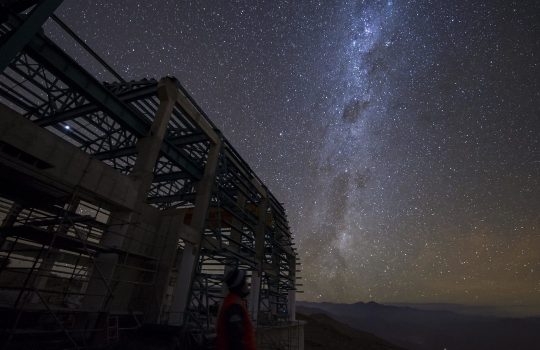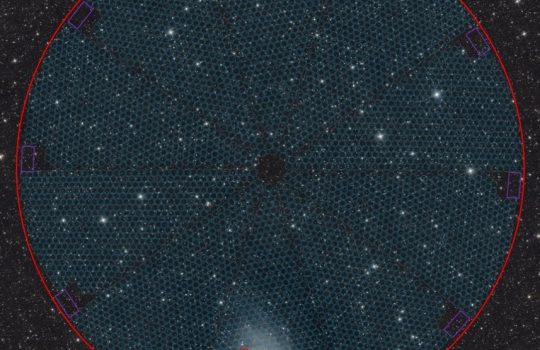Astronomers detect record-breaking gamma ray bursts from colossal explosion in space
From Smithsonian.com, Nov. 20, 2019: Two research teams have announced that they detected record-breaking gamma ray bursts — powerful outbursts in a distant galaxy that produced photons with high enough energies to be detected by ground-based telescopes for the first time. Fermilab scientist Dan Hooper weighs in on results.



